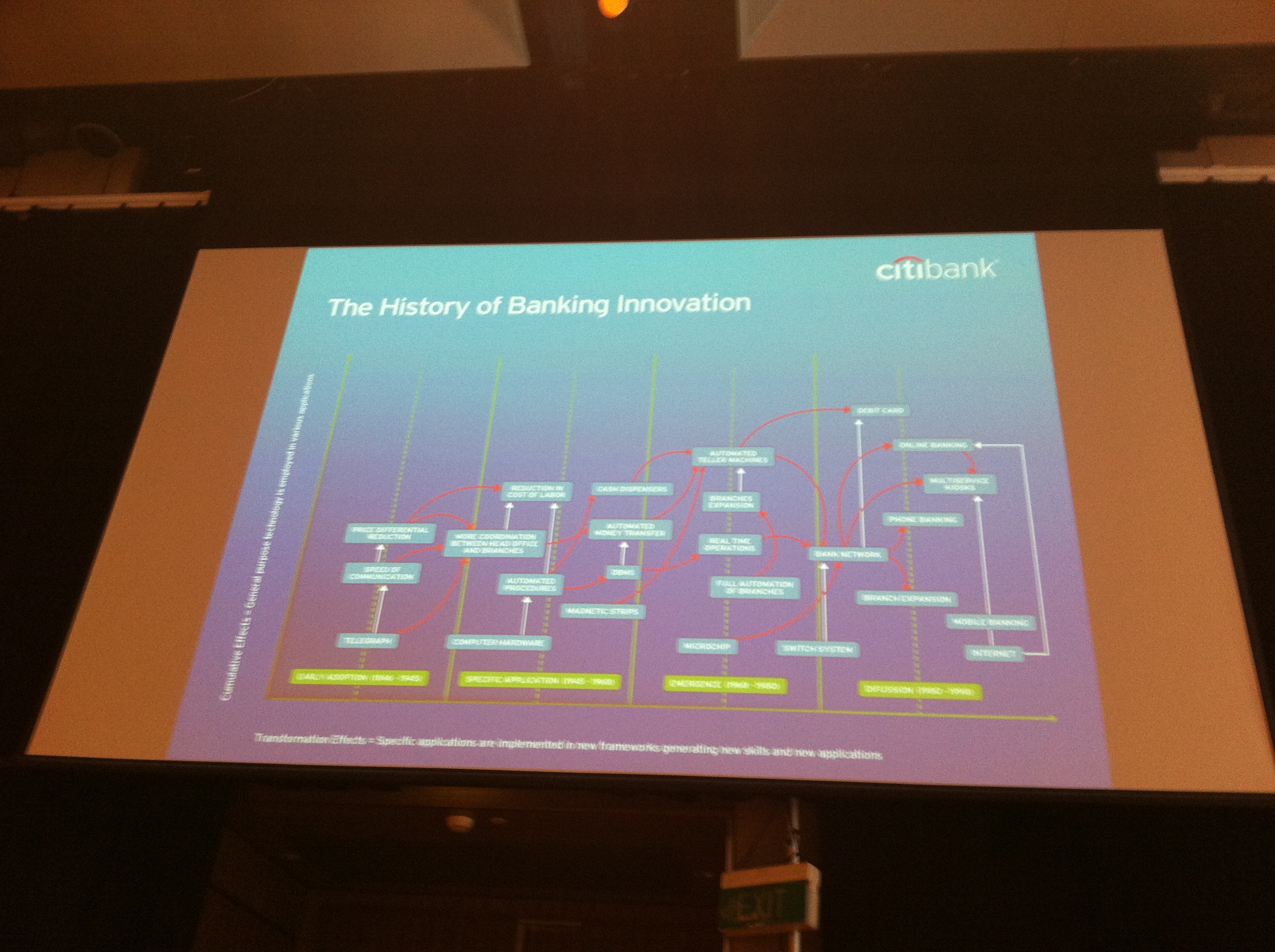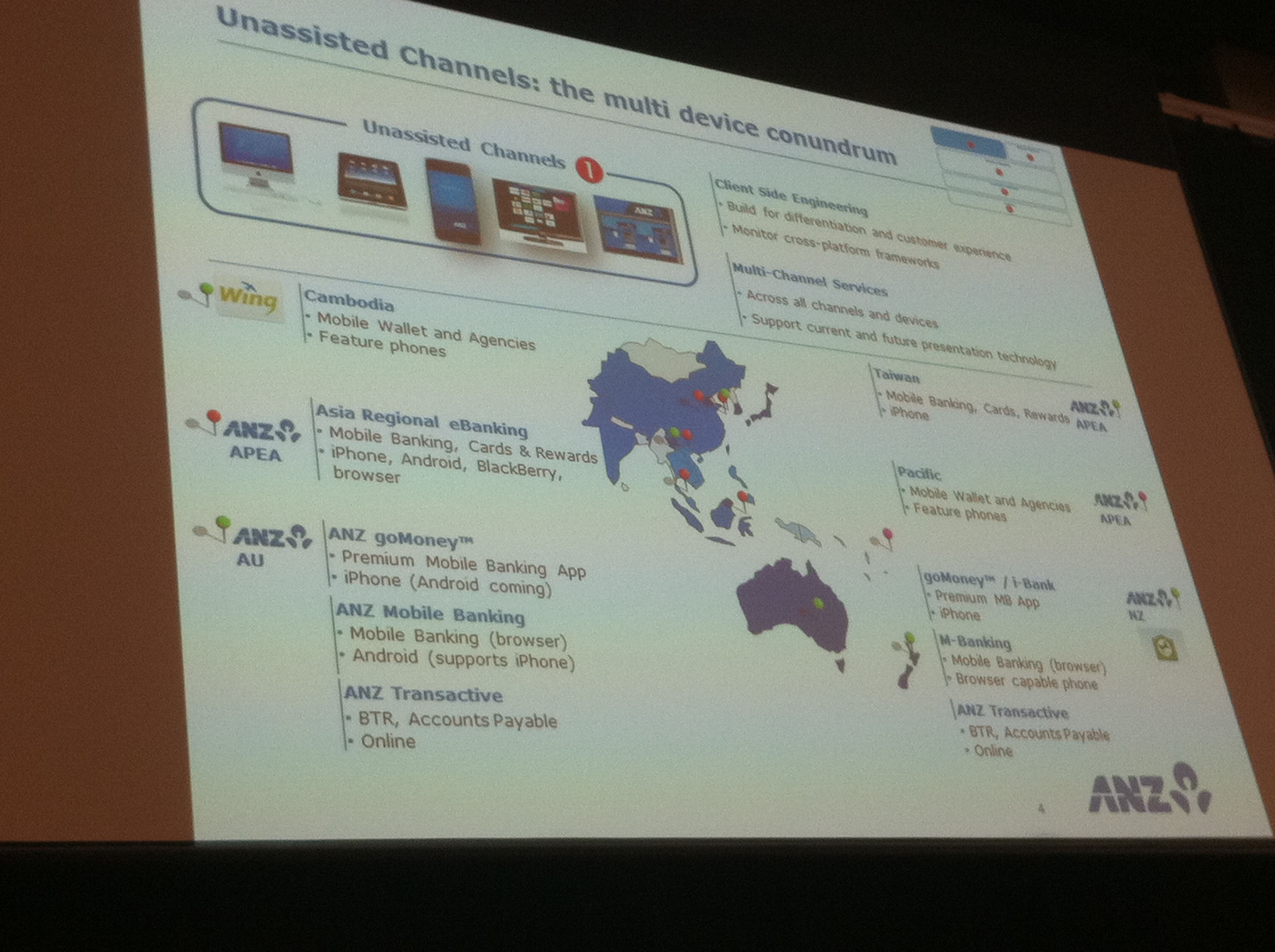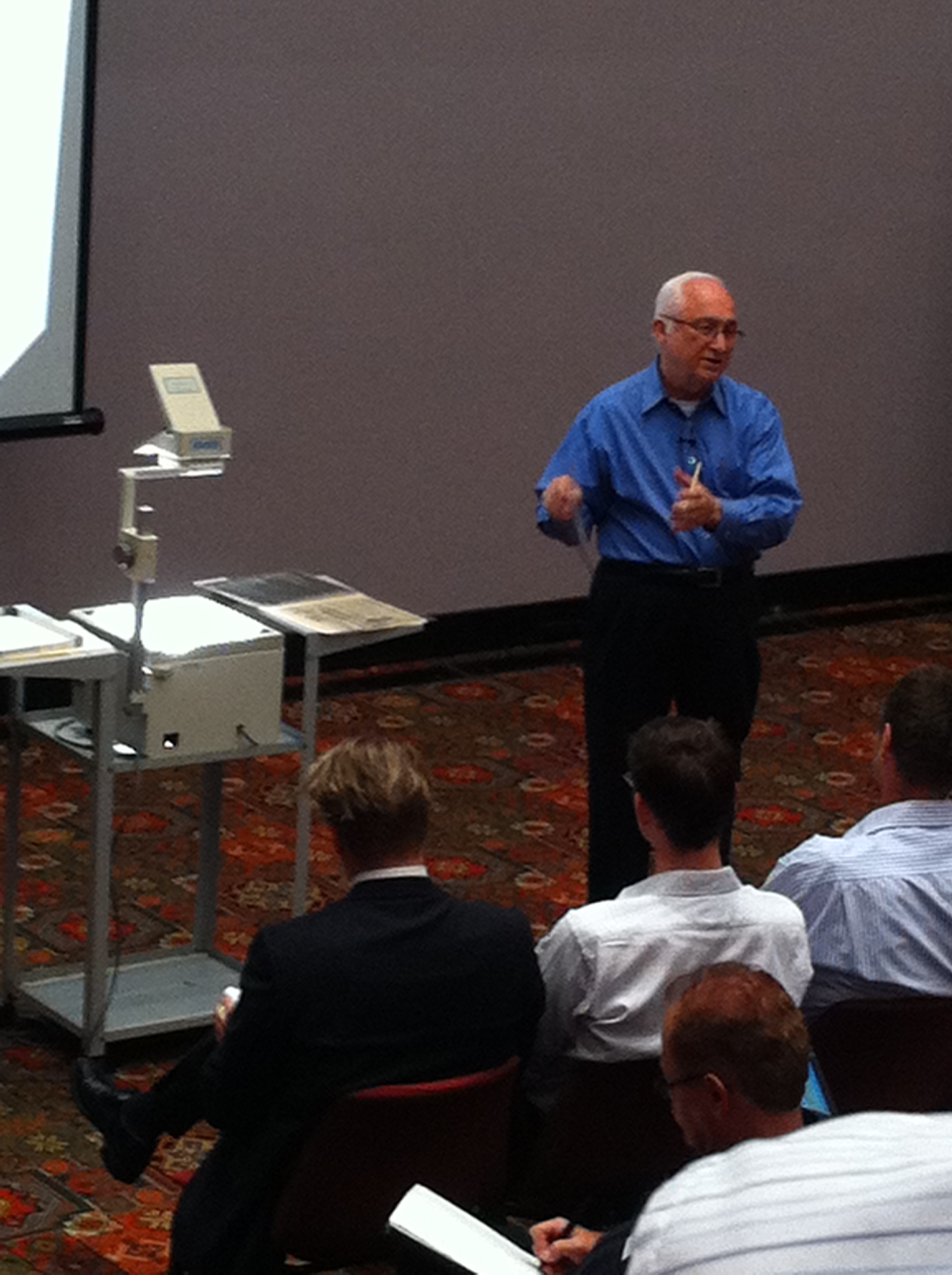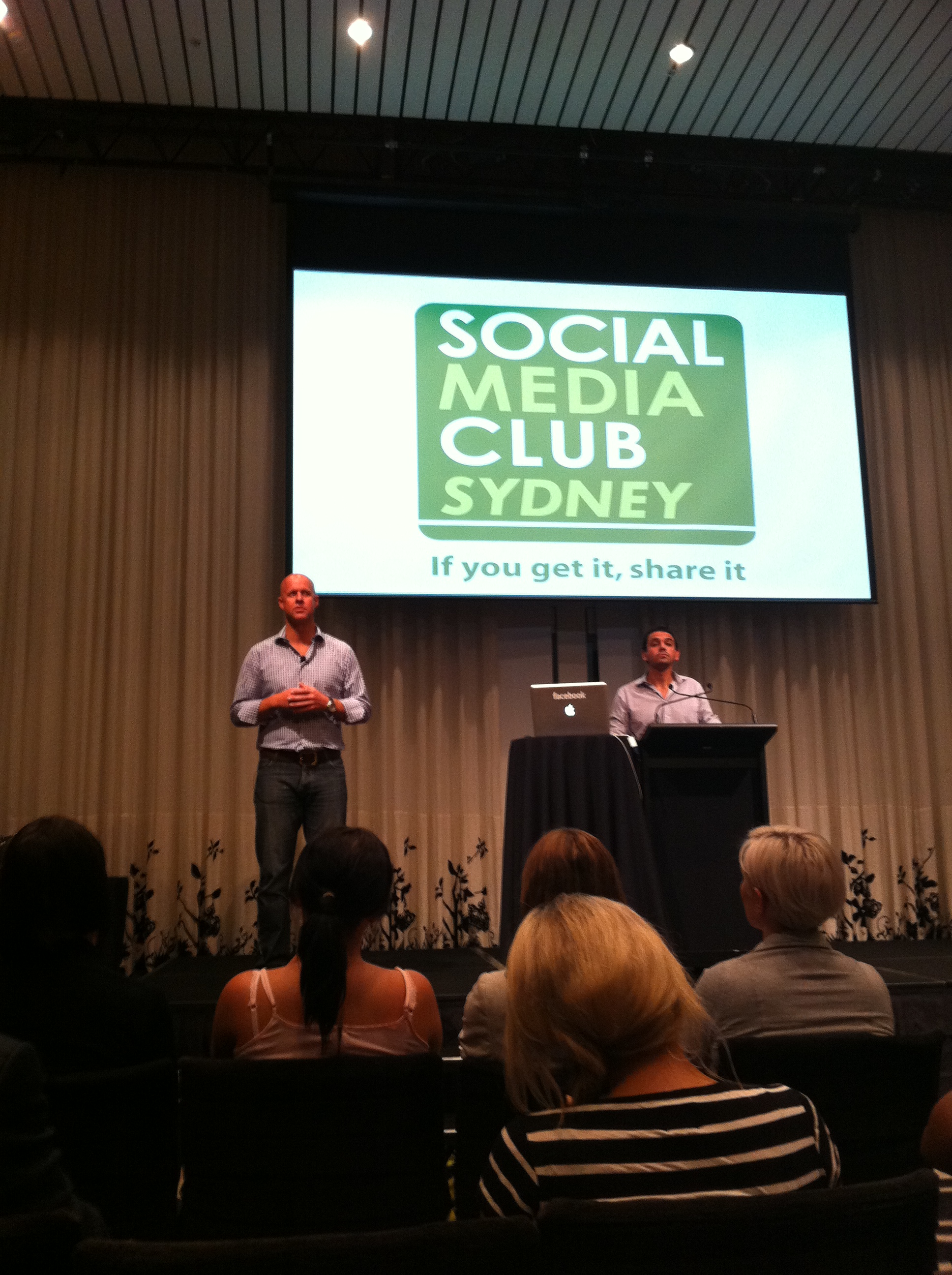On Monday I was inspired to go out and make people angry.
This isn’t normally how the week begins however having sat and listened to Dave Snowden for an hour it’s hard not to walk out of the room and start telling someone they’re doing everything wrong.
His story begins with a recollection of one of his targets whilst working at IBM. Dave was told by the CEO that he would receive a bonus of $5000 for every letter of complaint that asked for him to be sacked by someone of director level and above. Dave received three that year and he explains all of them being the result of people being unwilling to jeopardise short term profits when offered long term gains for a company. He explained that people and therefore companies are most at risk of failure when they’re successful and therefore complacent. When everything is going well people don’t want to try new ways of doing things. Perhaps one positive of the predicted second wave of the GFC?
Dave then jumped to rip apart management science that is mostly based on case studies. He laughed at the cause and effect hypothesis that most of them used and cited a fictional (or is it out there somewhere) case whereby a number of CEO’s were surveyed on their bowel movements and the performance of their companies. Admittedly he added that it could actually be the case that where the company was performing well, the CEO would be less stressed and therefore their “output” would be more solid. External factors such as access to prunes and high fibre cereals were of course omitted from said survey.
An oft cited text is “Good to Great” by Jim Collins (Good to Great) which in summary tries to determine the factors about a company that lift it from being simply average to industry leading. Again Dave throws out the theory and asks if it’s not simply that any company that is able to define a market will set a pattern that others will be forced to follow. Personally I disagree with this statement as there are a number of examples of companies that have entered the market second with a different DNA to the market creator who have then gone on to see success far in excess of their competitotrs. Google and Apple were not first to market in their core business.
David discussed the apprentice model of learning as something that was missing in the majority of today’s workforce. He cited the analogy of someone using a recipe book vs being a chef. The former would not be able to manage when things go wrong and the only way for a chef to be trained is to learn from failures and this is expedited by working as an apprentice to a more experienced chef.
The rest of the talk is best summarised in bullet form as David jumped between topics and provided a wealth of thought provoking points:
- Business requirements methodologies will never work as they all assume people know what they want and can articulate them effectively. It also doesn’t matter how logical the method is for defining requirements, if the previous experience of delivering a project is negative then this will need to be tackled first and should be where the focus is. Despite being poor at articulating what they want, users are good at saying what they don’t like about the current system.
- Twitter’s system of followers means that typically a person’s followers increase by helping others. This network was not defined but simply evolved over time.
- Focus on resilience, not robustness. This enables quick evolution to new opportunities. The example given was of old English (or Welsh!) houses built on flood plains that were expected to flood occasionally. The houses were designed so that the ground floor walls could be easily scrubbed clean and the furniture was able to be hoisted up to the ceiling above the water line. This was far more effective than trying to prevent the flooding happening.
- IT departments can strip out 45% of their costs by not managing the client, generations of IT savvy executives are coming through the ranks and don’t need guidance on what to do.
- Autism is rife in both IT and economics, the logical thought process required to succeed in the technical side of the role is the downfall of those needing to deal with business customers. David referenced a book (The Curious Incident of the Dog in the Night-Time
) that provides the reader with some insight into what an autistics world looks like.
- People learn more by failing than succeeding due to the human fear of failure – they don’t want to repeat their mistakes. Enabling failure and encouraging it increases learning.
- Soldiers in the field pay more attention to stories of near failure than documented best practice. Test pilots are documented as recounting how to handle out of control airplanes based on what other pilots have told them rather than what the manuals state.
- Human nature is to seek out information to support their current train of thought – if you hear a story in an interview twice then every subsequent story will result in you pulling components from them that corroborate the original.
- Six Sigma should be names “Six Stigma” due to it’s cult like discipline and strictness. 3M have removed this practice from their organisation as the thinking around this stifled innovation. It works for pure manufacturing processes but not the service industry.
- The nature of the system defines the way we make decisions, we’ve been making systems to audit process and hence decision making is structured this way. David co wrote the anarticle on a framework for decision making
- Complex systems require flexible boundaries, brittle boundaries will break. It’s better to motivate the good behaviors and negate the bad than define complex systems.
- 10% of the project will cause 90% of problems.
- Mix your project teams, don’t work with teams that you have done previously. Incentivise small teams to continue working in agile, the alternative is to be allocated to a waterfall project.
- Zimmerman exhibits and promotes classic systems thinking – this doesn’t enable evolution around usage. Architecture should allow some space in how the thing is used i.e design the buildings and build the paths between them when people have had time to use them. [From a practical perspective I disagree with this thinking for IT projects which typically require clear end point thinking].
- Ritual ensures a specific way if thinking. Ritual dissent is a great method for getting the best idea out of a large group of people. Four teams work on a proposal – one person from a group pitches, other teams then rip it apart whilst the pitcher sits with his/her back to the group and is not allowed to respond.
- In terms of motivation it is damaging and dangerous to rely on extrinsic measures. Anything explicit (and extrinsic) can and will be gamed.
Dave Snowden’s website is here for more detail on the topics above: www.cognitive-edge.com.au
There’s also a webcast of the same presentation he gave earlier in the week: http://gigtv.rampms.com/gigtv/Viewer/?peid=459a0ab5d1d746aa8f318306a05c260d1d








